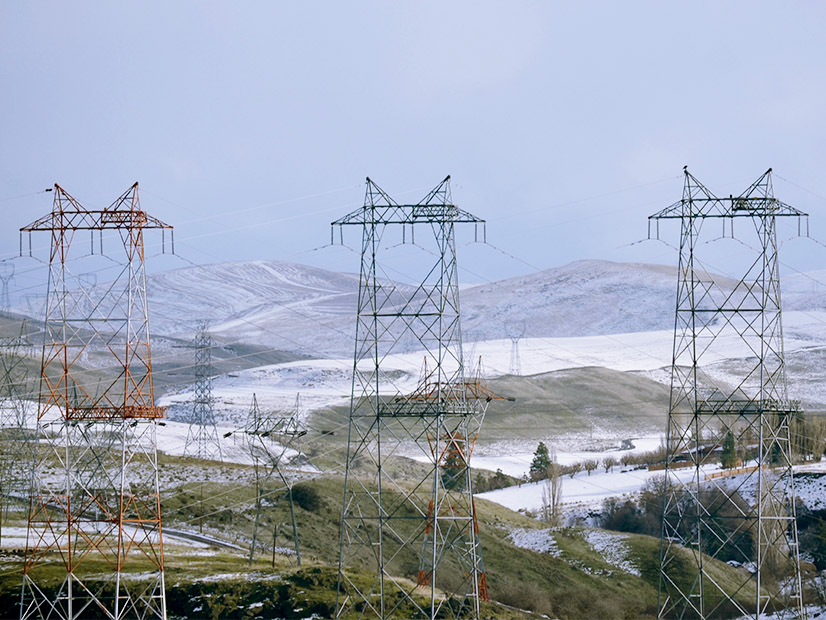Carbon dioxide emissions from the Western U.S. power sector could drop by 73% from 2005 levels if 12 transmission projects in the development pipeline are finished by 2030, according to a new study from the U.S. Department of Energy.
The report’s model incorporates 12 future transmission projects, which collectively span about 3,000 miles, and the likely wind and solar power projects and battery storage systems that would take advantage of the new capacity. The scenario “shows a reduction of CO2 emissions by 73% relative to 2005, reaching to 27% CO2 emissions in 2030,” according to the report published by the DOE’s Pacific Northwest National Laboratory on Sept. 13.
“This work is important because it shows that significant progress can be made [toward] decarbonization policy objectives if we proceed with already-planned transmission projects to meet new capacity needs with new renewable resources,” Nader Samaan, report co-author and chief power systems research engineer at PNNL, told RTO Insider in an email.
The report said more transmission could lead to renewable energy replacing some large thermal fossil generation, with the highest emissions reductions occurring in Utah, Nevada, Wyoming, Colorado, Arizona and New Mexico.
“As of July 2024, the Western Interconnection hosts 30 gigawatts of wind power, 38 GW of solar power and 14 GW of energy storage,” the study said. “The report’s scenario would add an additional 35 GW of wind, 31 GW of solar and 12 GW of energy storage by 2030.”
The 12 transmission projects behind the model include the 500-kV Boardman-to-Hemingway line, the Gateway West project and the Southwest Intertie Project-North, among others. (See DOE Awards $371M to Regulators, Communities Grappling with New Tx.)
Aside from the purported environmental advantages, the transmission projects could also decrease generation costs by 32% compared with a reference case in which the projects were not built. However, “capital costs for generation and transmission are not considered as part of this analysis and would be needed for a complete economic evaluation,” according to the report.
“Most of the infrastructure upgrades selected are either in interconnection queues or the transmission planning pipeline, increasing the likelihood that they will be realized,” the report stated. “In other words, the projects selected in this analysis rely implicitly on some economic analysis conducted by those proposing the projects.”
The model also predicts a 26% reduction in California’s annual net energy imports from the Northwest. Under the scenario, the state could tap into “newly integrated wind resources from areas with abundant wind, such as Wyoming and New Mexico,” according to the report. This would also provide congestion relief for the Northwest, the report added.
The report is part of the DOE-funded National Transmission Planning Study, slated to come out this year.
“The upcoming National Transmission Planning study will expand on the possible transmission buildouts that could help the nation reach higher decarbonization goals,” Samaan said.



